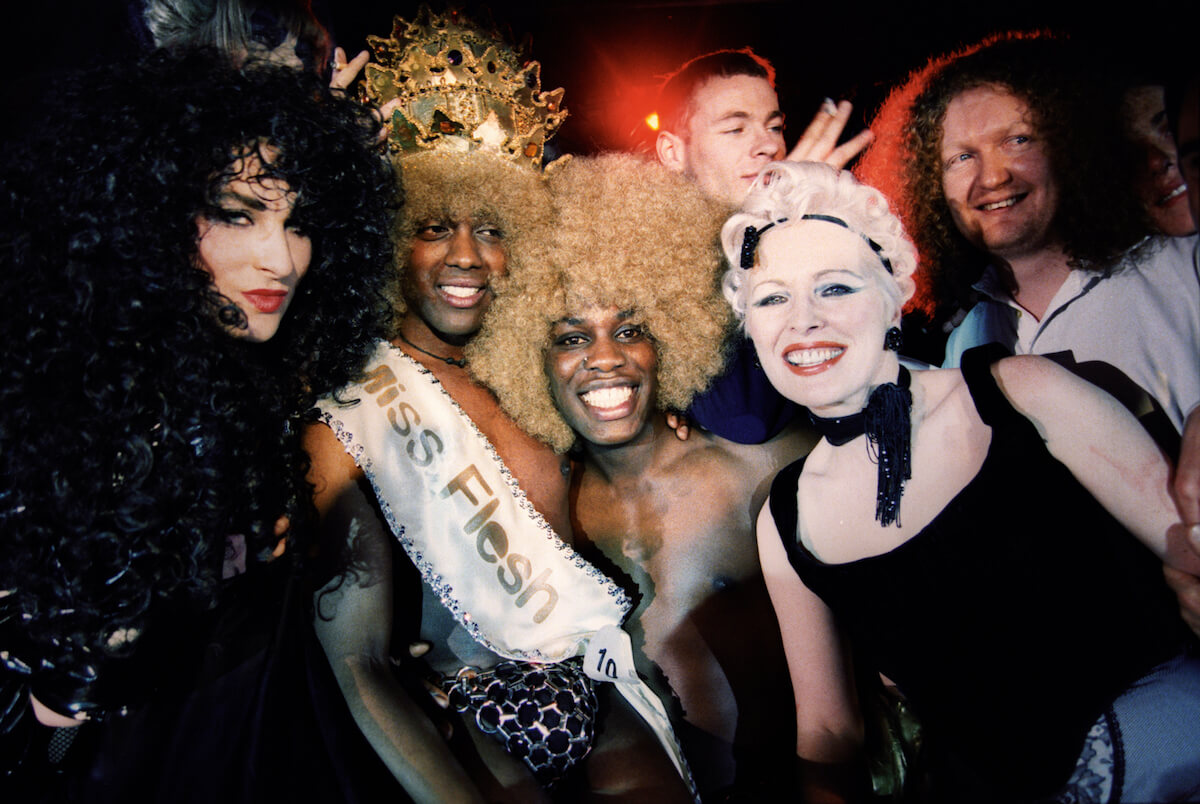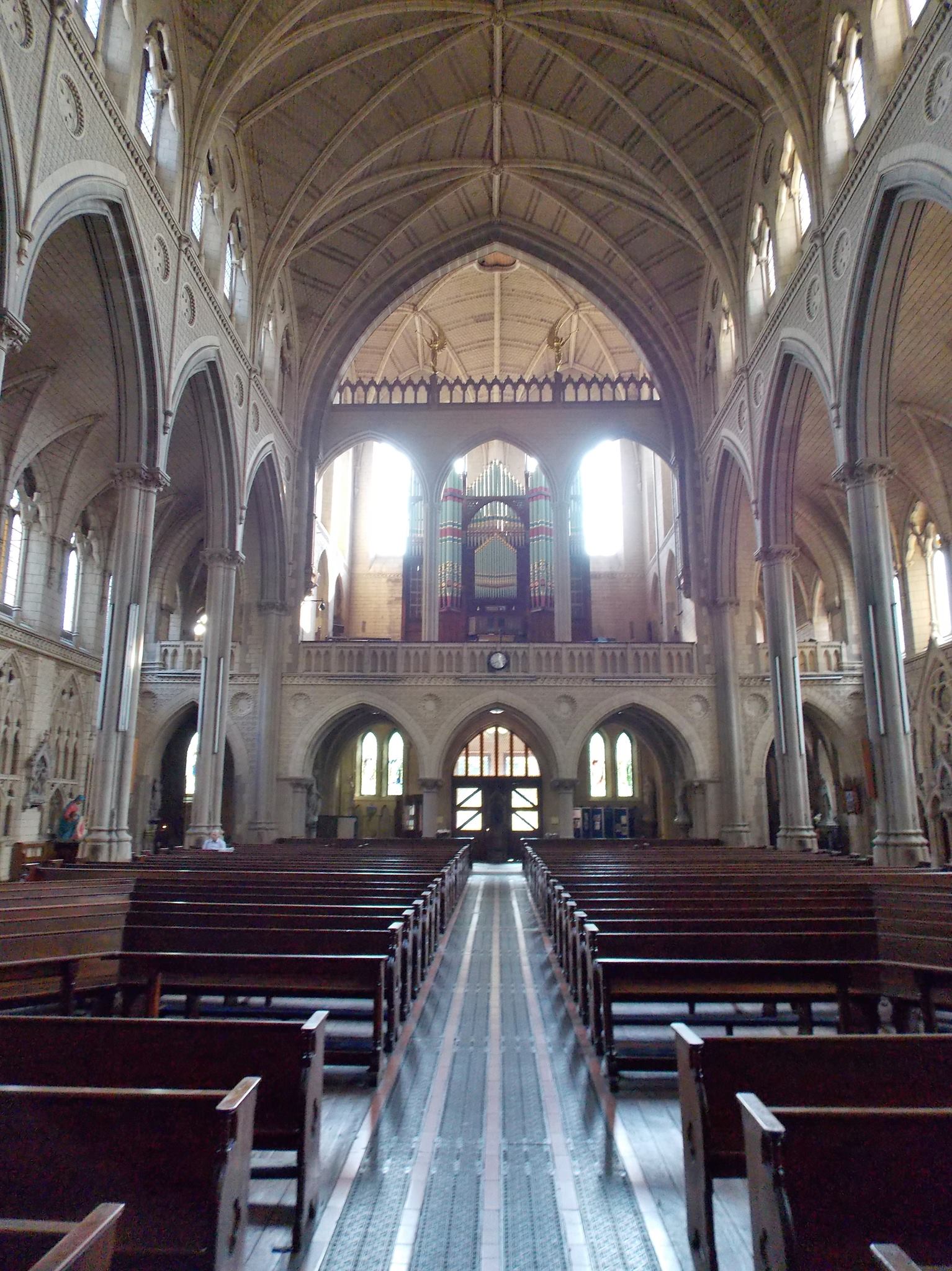I grew up in the shadow of Gorton Monastery. Gorton was home to a vibrant Irish community and so the church followed the people. Irish people were drawn to Gorton in the 1800s, pursuing jobs in the engineering industry, and Franciscan friars came from Italy to build a church worthy of the congregation.
The Friars chose a relative of the self-taught Gothic architect Augustus Putin to design the Monastery, E.R. Pugin, who produced an edifice worthy of it being the “Manchester Catholic Cathedral”. And while the inside mirrored the finest cathedral, the Friars had a life suited to their monastic traditions. My memory of them is of brown cassocks and sandals at all times of the year and whatever the weather. Strangely, I have no memories of the high art of the church interior and its unique Italian style.
The Monastery was the centre of the largely Irish community. It provided three schools, a parish hall, youth clubs, theatre and music groups and was an integral part of east Manchester.
In the 1970s the Irish community scattered across the city as the city council purchased and demolished the endless rows of terraces and the community attending the Monastery declined. By 1989, only six elderly Friars remained and the church was closed and sold to property developers to be converted into flats.
By 1993, the scheme had failed and the Monastery was left open to vandals who stripped it of its marble and lead, with only the pigeons left in occupation. In 1996, the Monastery of St.Francis & Gorton Trust was formed and the buildings were upgraded to a Grade II listing.
In the following years a group of people, led by Elaine and Paul Griffiths, raised the funding to enable the restoration to take place and bring the building back to life.
In 2013 the Monastery has been given a new lease of life – no longer a church – but its history can be still seen in the restoration of its altars and art works. It is now a leading venue and in February 2011 it won a Silver Award for Best Unusual UK Venue. Apart from many weddings, there are fashion shows, concerts and spirituality, health and well-being events held on a regular basis.
The restoration of the Monastery continues in order to complete the conservation work on the angels, altars, paint schemes and works of art. Fundraising is still continuing in order to improve facilities for visitors and add to their experience of the Monastery’s rich architectural heritage and historic journey back to life.
Proceeds from events and activities are donated to the Charitable Trust which owns the Monastery. The Trust works with the local community, offering support through its charitable projects in education, skills, arts and health.The Trust has recently launched an appeal for £1 million to match fund a future £3 million project to complete the restoration of the Pugin masterpiece first started by the Charity in 1996.
Elaine Griffiths was awarded an MBE in 2007 for her services to heritage. Paul Griffiths has recently been appointed as High Sheriff of Greater Manchester.
The Monastery is open most Sundays from 12pm-4pm and food is available in the Friar’s Pantry Café. On my recent visit I was happy to revisit some of my memories of the Monastery when it was a church – but for anyone who wants to see the outcome of a miracle you have a treat in store.
Review by Bernadette Hyland
What: Gorton Monastery
Where: Gorton Lane, Manchester
More info: www.themonastery.co.uk












